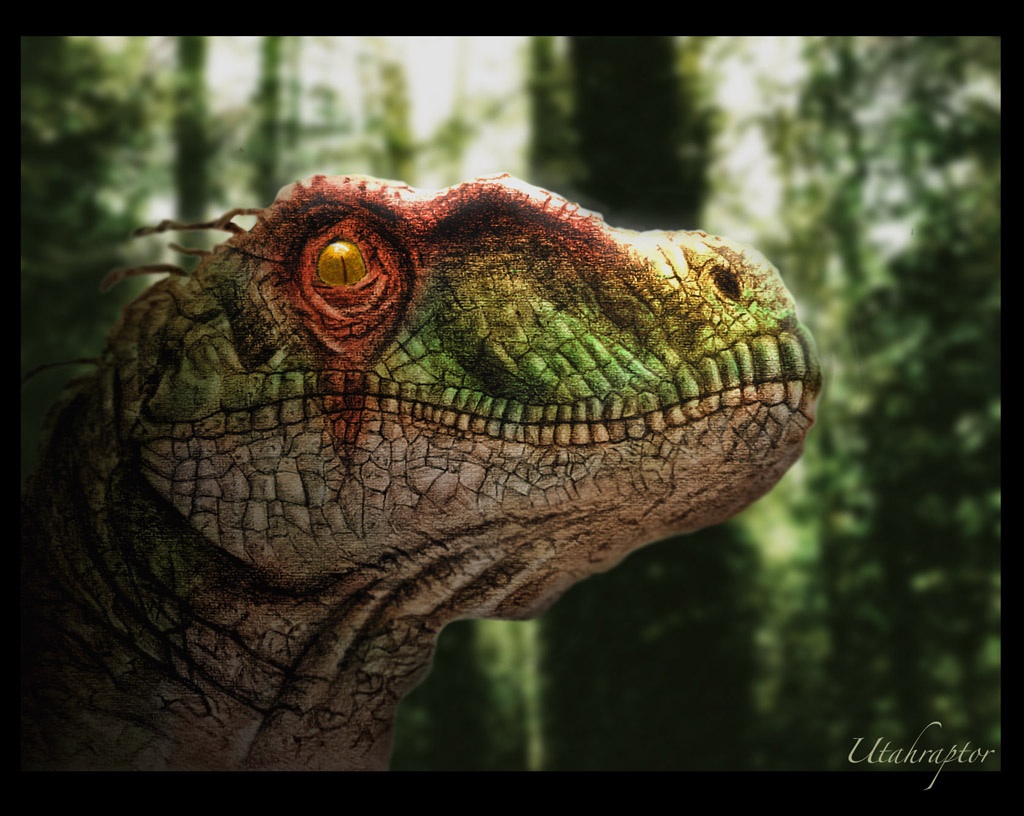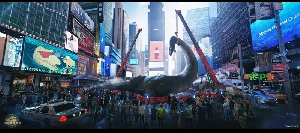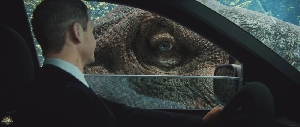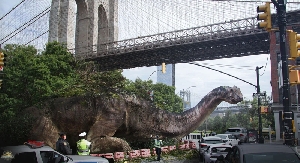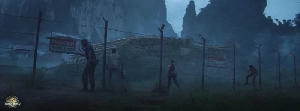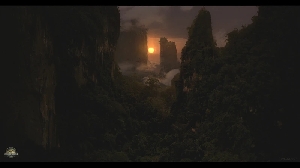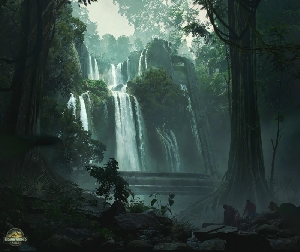Plesiosaurs: the evolution from ocean giants to river minnows (almost)
Dinosaurs Forum Topic

Rex Fan 684
MemberCompsognathusAug 22, 20134712 Views22 Replies*Not my article. Taken from the WWD website. I just found it interesting.
[img]http://protecttheword.files.wordpress.com/2012/06/pli-plesio.jpg[/img]
BETWEEN THE later part of the Triassic (about 230 million years ago) and the very end of the Cretaceous (66 million years ago), the great dynasty of marine reptiles known as the plesiosaurs inhabited seas worldwide.
Some plesiosaurs were very large - more than 12 metres long. The short-necked, big-headed plesiosaurs known as pliosaurs were powerful predators of other large animals, while long-necked, typically small-headed kinds (the cryptoclidids, elasmosaurids and so on) preyed variously on fish, crustaceans, bottom-dwelling molluscs and all manner of other prey.
Despite numerous depictions of plesiosaurs lying on rocky seashores, fossils show us that plesiosaurs were fully committed to an aquatic life. We know that they gave birth to live babies in the water and also that they were probably incapable of moving efficiently on land.
There’s no doubt that plesiosaurs were truly sea-going animals of both the open oceans as well as the shallow coastal zones. But if we look at modern sea-going animals, we see repeated instances in which lineages have moved out of the marine realm and into nearby estuaries, deltas and river mouths.
Over time, these marine groups have evolved specialised freshwater species. There are freshwater seals, dolphins, sharks and rays, and innumerable bony fish groups that descend from marine ancestors, including freshwater pipefishes, anchovies, gobies and flatfish.
It therefore seems logical to wonder whether plesiosaurs might also have evolved their own freshwater species. Popular culture has given us a freshwater plesiosaur in the shape of the animal that menaced the U-boat in 1975’s The Land That Time Forgot (above) – but what do the fossils say?
Actually, quite a few plesiosaur fossils have been discovered in non-marine sediments. The oldest of these come from sediments deposited in Chinese and Australian lakes during the Lower and Middle Jurassic. They indicate that plesiosaurs were living in freshwater habitats very early on in the group’s long history. Few of the fossils concerned are complete enough to be named, but an exception is the Chinese Bishanopliosaurus, named in 1980.
Other non-marine plesiosaurs are known from throughout the Cretaceous. The best known are the several species of Leptocleidus, one of which is known from southern England, one from Australia, and one from South Africa.
Earlier this year, I and colleagues described the new plesiosaur Vectocleidus from the Lower Cretaceous of the Isle of Wight. A close relative of Leptocleidus, it’s known from an articulated partial skeleton preserved in sediments that were laid down in a lagoon or estuary.
Another relative of Leptocleidus, Brancasaurus from Lower Cretaceous Germany, also comes from an estuary-like environment. Various Upper Cretaceous plesiosaur specimens do too.
Some of these animals almost certainly dwelt permanently in freshwater environments, but others (Vectocleidus among them) were animals of what we call marginal marine environments: that is, environments that bridged the gap between fresh- and saltwater habitats, or between aquatic and terrestrial habitats.
When seawater comes in, these places can be highly saline (in lagoons, this salinity is exacerbated by evaporation), and when freshwater influxes are high due to input from rivers, salinity can be very low.
Animals that live in such marginal environments (examples include brackish-water turtles like the Diamondback terrapin and rockpool-dwelling fish like blennies) therefore have to be tough in physiological terms, and flexible when it comes to feeding and foraging behaviour.
How did these plesiosaurs differ from their ocean-going cousins? That’s a good question, since freshwater dolphins, seals and fish possess obvious anatomical and behavioural differences relative to their marine kin.
For one thing, the non-marine plesiosaurs are small, with most being less than three metres long. And their body proportions are what we call ‘intermediate’ when we compare them to other plesiosaurs.
They’re not as long-necked and small-headed as are typical long-necked plesiosaurs, nor were they as short-necked and big-headed as typical pliosaurs. Maybe these intermediate proportions show that these species were ecological generalists, able to exploit diverse prey in various different habitats.
They might have pursued prey in open water, foraged in sediment on lake floors and estuary bottoms, and searched among the tangled waterplants and submerged tree-roots and cavities of riverbanks, lake shores and mangroves.
We should therefore imagine brackish-water and freshwater environments throughout the Jurassic and Cretaceous as being home to small, adaptable plesiosaurs. And, as is so often the case, we are left wishing that we knew more about the biology and behaviour of these fascinating creatures.
"Men like me don't start the wars. We just die in them. We've always died in them, and we always will. We don't expect any praise for it, no parades. No one knows our names."
―Alpha-98
Replies to Plesiosaurs: the evolution from ocean giants to river minnows (almost)
Hey Guest, want to add your say?
Are you an avid Jurassic World fan looking for a dedicated online community of likeminded fans? Look no further! Create your own profile today and take part in our forums and gain XP points for all the content you post!



